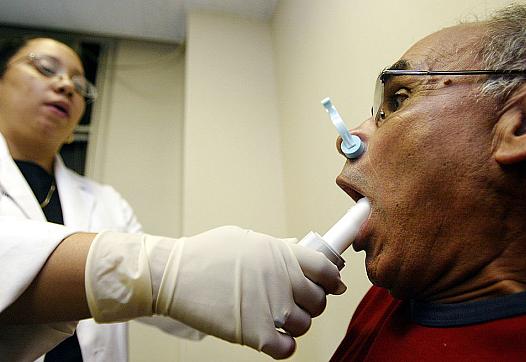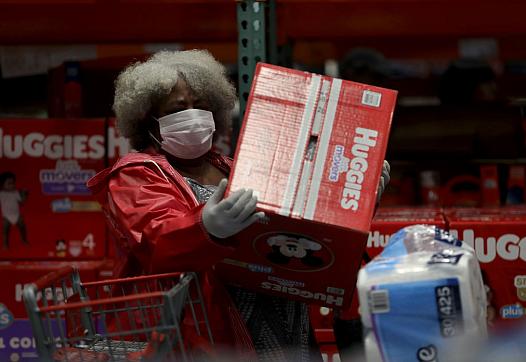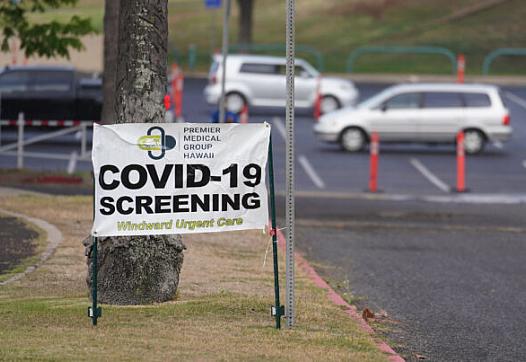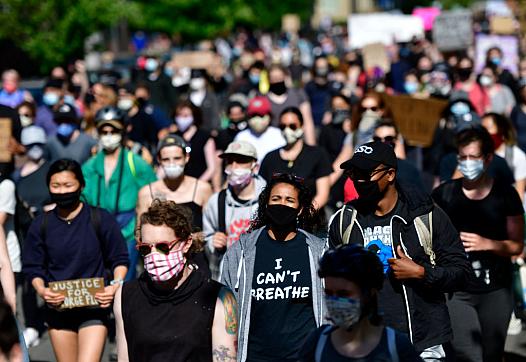
A third of Black women in the state's only majority-minority Gadsden County have been diagnosed with diabetes, according to state data.

A third of Black women in the state's only majority-minority Gadsden County have been diagnosed with diabetes, according to state data.

Children haven’t been spared from the racism that Asian Americans have faced since the start of the coronavirus pandemic.

We’ve long given up the idea that justice is blind. We need to give up the idea that health care is blind, too....

A look inside an expanded syringe program and a new camp.

“It's overwhelming,” one diaper bank director said. “We're trying to do the best we can.”

Other states like Oregon have done more to include Pacific Islander community leaders in the pandemic emergency response and provide them with resources.

Pacific Islanders — not including Native Hawaiians — make up 30% of Hawaii’s coronavirus cases but only 4% of the population.

Each Monday, while the pandemic runs its course, The Coronavirus Files will provide tips and resources and highlight exemplary work to help you with your reporting.

People of color are more likely to get sick and die from coronavirus. Will taking part in mass protests increase their risk — or force the nation to address bias and inequities that endanger Black lives?

The Covid-19 pandemic continues to disproportionately affect Latinos. Although doctors continue to advance with physical recovery therapies after infection, little is known about the consequences in mental health.